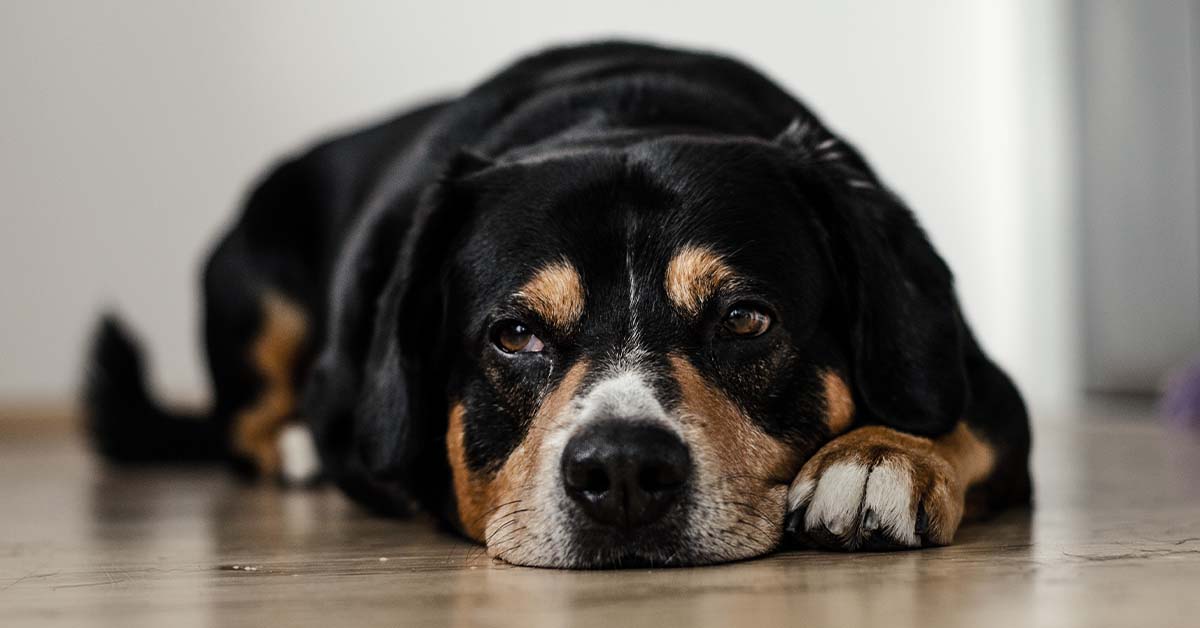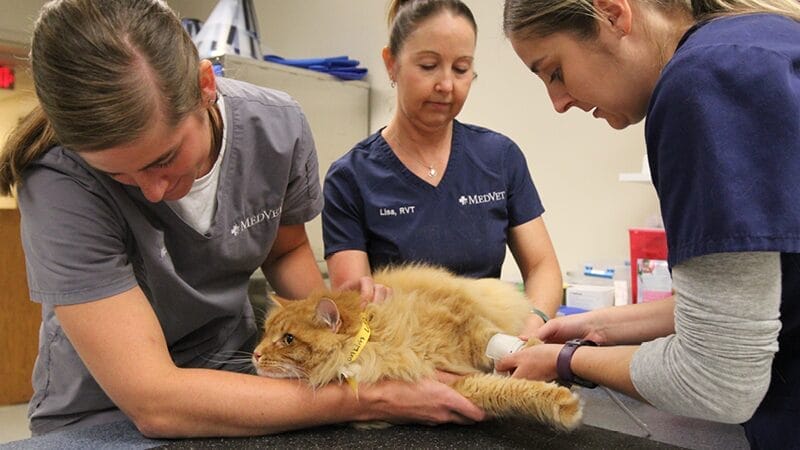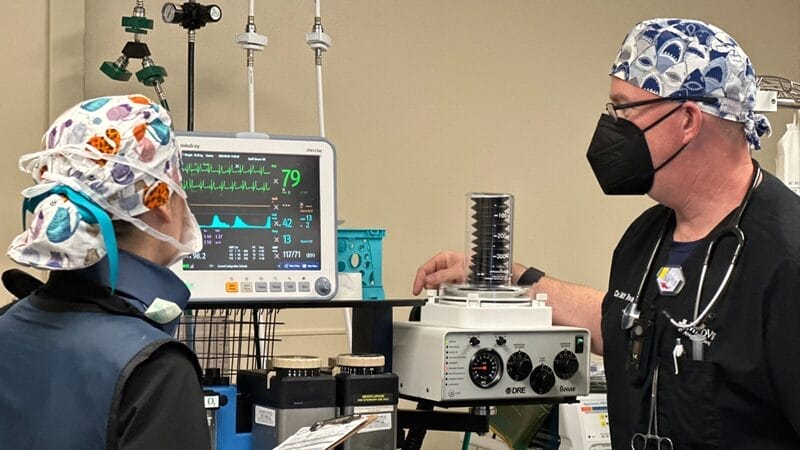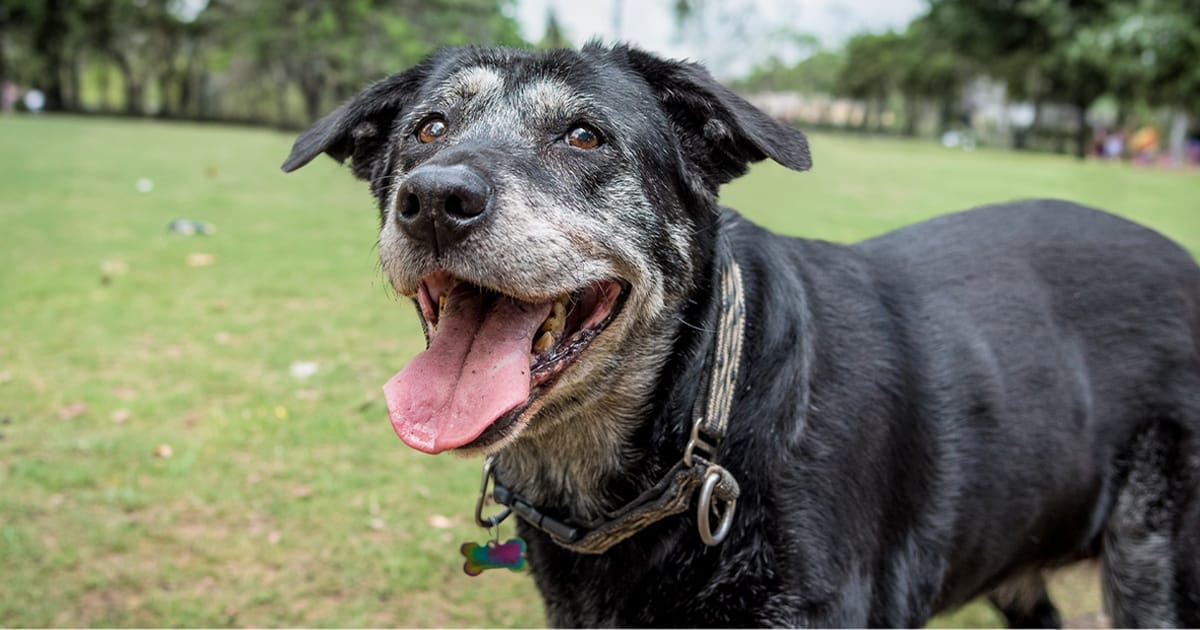
Anesthesia in Older Pets: What You Need to Know
Age alone does not determine the safety of anesthesia for pets. Overall health and breed are important factors. Learn more.
As our pets live longer lives, they need healthcare well into their senior years to keep their quality of life at its peak. It’s likely your older pet will need to undergo anesthesia for surgery or routine health care like dental cleanings at some point. One of the most frequently asked questions that I hear from pet owners is, “Is my pet too old to have anesthesia?” While the thought of anesthesia can be daunting for pet owners, it is important to understand that with proper precautions and monitoring, anesthesia can be safe and effective for older pets.
Does Age Determine the Safety of Anesthesia in Pets?
Pet owners commonly tell me that they’ve heard their pet is “too old to have anesthesia,” especially if they have severe dental disease and need oral surgery, such as a tooth extraction.
Pets feel pain just as we do. If you’ve ever had to wait all weekend for your dentist to return to their office on Monday, you understand how uncomfortable an infected tooth can be. In addition to pain, if your pet has dental disease, they can become grouchy, have a poor appetite, sleep more frequently, or have halitosis (bad breath).
Age alone does not determine the safety of anesthesia. Instead, the overall health of the pet and breed are important factors. Older pets may have underlying health conditions that need to be evaluated before administering anesthesia. By conducting a thorough pre-operative screening, veterinarians can assess the pet’s health and make informed decisions regarding anesthesia.
What Tests Should My Pet Have Before Anesthesia?
Before undergoing anesthesia, older pets should undergo a comprehensive pre-operative screening. This screening typically includes a complete blood count (CBC), chemistry profile with electrolytes, and urinalysis. These tests help identify any underlying health issues, such as kidney or liver disease, and diabetes, that may affect the pet’s ability to tolerate anesthesia. Additionally, X-rays may be recommended to evaluate the pet’s heart and lungs, ensuring they are fit for anesthesia.
By conducting a thorough pre-operative screening, veterinarians can assess the pet’s health and make informed decisions regarding anesthesia. Your pet’s healthcare team will develop a plan for anesthesia tailored specifically to your pet’s needs as anesthesia is not “one size fits all.”

Medications to Reduce Anxiety
Anxiety is a common concern for pet owners when it comes to anesthesia for their pet. To alleviate your pet’s anxiety and promote a smoother anesthesia experience, veterinarians may prescribe anti-anxiety medications, like gabapentin and trazodone, to be given at home prior to arrival for your pet’s surgery or dental care. It is important to follow the veterinarian’s instructions regarding the administration of these medications to ensure their effectiveness.
What Happens to Pets During Anesthesia?
During anesthesia, pets are carefully monitored by a team of veterinary professionals to ensure their safety and wellbeing.
The anesthesia process begins with the placement of an intravenous catheter which provides immediate access for hydration and administration of systemic antibiotics and additional anesthetic agents. Your pet will then undergo pre-oxygenating for about five minutes.
General anesthesia is then induced with an injectable medication, such as propofol, and your pet will receive intubation with an endotracheal tube to deliver anesthesia and oxygen.
Depending on your pet’s surgical need, the fur around the surgery site will be shaved and thoroughly cleaned with an antiseptic solution.
After these steps have been completed in the preparation area, your pet will be moved into the operating room where they are connected to the appropriate monitoring equipment, which may include:
- Pulse oximetry to monitor the oxygen level of your pet’s blood
- Temperature monitoring and use of active warming equipment to prevent hypothermia as your pet’s temperature can drop quite rapidly during general anesthesia
- Electrocardiography (also called ECG or EKG) to monitor your pet’s heart rate and rhythm
- Doppler blood pressure monitoring to assess your pet’s cardiovascular stability
- Carbon dioxide (CO2) monitor to measure the amount of CO2 your pet exhales, a good indicator of how well your pet is breathing. If there does seem to be an issue, a ventilator can be utilized to help your pet breathe.
Once your pet has reached the appropriate anesthetic depth and all parameters are within normal limits, surgery can begin. A team member will monitor your pet closely and administer additional medication and IV fluids as needed.

Post-Anesthesia Recovery
When your pet’s procedure is complete, the anesthetic gas is turned off and your pet will breathe oxygen for several minutes. Once your pet’s swallowing reflex is reestablished, the endotracheal tube is removed. For our brachycephalic patients, we usually move their recovery process to our intensive care unit where they can recover in an oxygenated cage/tent.
In many studies, the recovery period (the first three hours post-op) is deemed the most critical period of the entire anesthesia event. Older pets may require a longer recovery time compared to younger pets, and it is important to provide a warm, quiet and comfortable space for them to rest. Pain management medications may be prescribed to alleviate any discomfort. Additionally, close monitoring of your pet’s behavior, appetite, and overall wellbeing is crucial during the recovery phase.
Your pet may be able to go home the same day, depending on their procedure, medical condition, and how smoothly they recover from anesthesia. Certain procedures require more postoperative pain management, monitoring, and/or nursing care that requires them to stay overnight. When your pet leaves our care, they will be sent home with a customized, post-procedure pain management plan that will help keep them comfortable.
As we often hear, anesthesia is not without any risk, but in many of our senior patients, the benefits of the procedure in removing a painful stimulus significantly outweighs the risk associated with anesthesia. It is your decision what type of care you wish for your pet and open communication with your veterinarian is key to addressing any concerns and ensuring the best possible outcome for your pet.
Visit our Pet Care Resources library for more pet health and safety information.
FAQs
Is anesthesia safe for my older pet?
Can my anxious pet undergo anesthesia?
Does my pet have to stay in the hospital when they have anesthesia?
Learn More
For ways to ensure your pet lives a happier, healthier life, visit our Pet Care Resources library.
Pet Care ResourcesContents
Learn More
For ways to ensure your pet lives a happier, healthier life, visit our Pet Care Resources library.
Pet Care Resources
